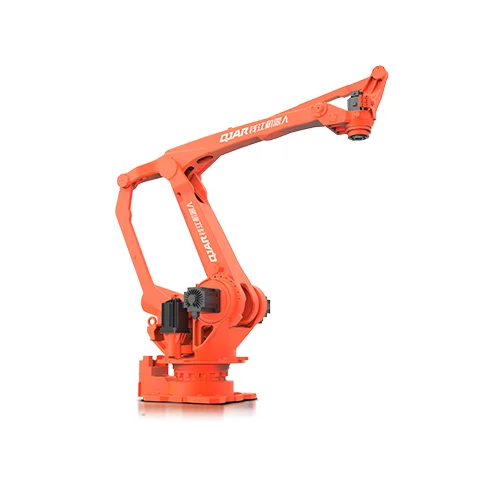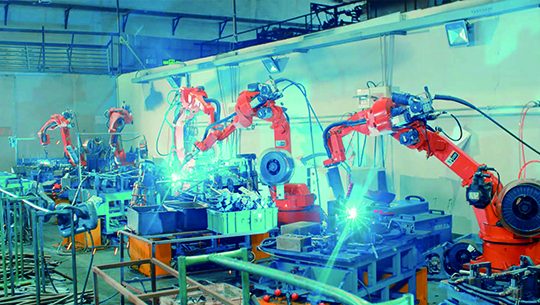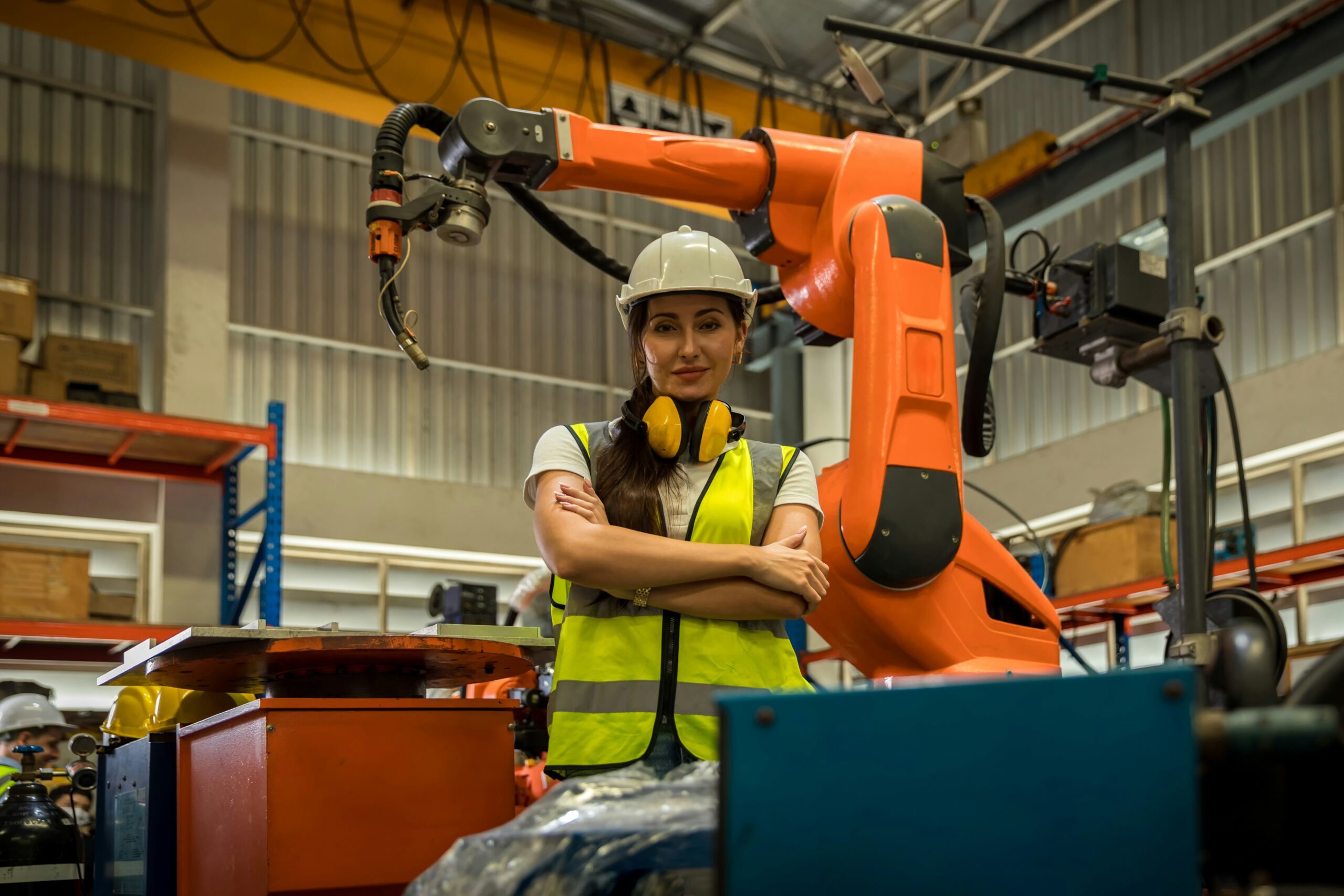Introduction
In this age of accelerated industrial development, manufacturing automation has assumed an even greater significance. Prominent among the diverse array of technologies propelling this progression are assembly robots and welding robots, owing to their exceptional efficiency and accuracy. In numerous industries, these devices are transforming assembly lines by enabling more rapid and dependable manufacturing processes. This article examines the QJR6-1400H Welding Robot and the QJRB180-1 Assembly Robot, two innovative products in this industry, to highlight their functionalities and influence on the sector.
Development of Robotic Manufacturing Technology
Since its inception, robotic technology has brought about a substantial paradigm shift within the manufacturing industry. In contemporary manufacturing environments, the integration of sophisticated sensors, software, and malleable joints has transformed simple mechanical appendages into modern robots, including welding robots. The transition from manual to automated labor has improved product quality and safety in addition to accelerating production. This transition has been further demonstrated by the implementation of assembly robots in sectors such as automotive, electronics, and consumer products, which represents a substantial stride towards the development of entirely automated manufacturing solutions.
Comprehensive Product Analysis
Robot for Welding: QJR6-1400H
The QJR6-1400H exemplifies contemporary engineering prowess within the domain of welding robots. Boasting multiterm exclusive patents, this automaton provides an unparalleled level of cost-effectiveness in comparison to comparable products. Joint gear grasp adjustment enables rapid dynamic response and precise control, both of which are critical for high-precision welding tasks. The rigidity and flexibility of the robot are improved by the hollow joint support structure, enabling it to function effectively in confined spaces while maintaining its performance level. Its peaceful operation is ensured by noise reduction structures, which makes it appropriate for environments where noise pollution is an issue. Demonstrating its versatility in industrial applications, it supports a range of materials including carbon steel, stainless steel, aluminum, and copper, with a repetition positioning accuracy of ±0.08mm and an armspan of 1456mm.

Robot for Assembly: QJRB180-1
In autonomous assembly, innovation is exemplified by the QJRB180-1 Assembly Robot. Its remarkable reach of 3153mm and cargo capacity of 180kg make it ideal for performing precise, high-speed operations including palletizing, picking, packaging, handling, feeding, and offloading. Intelligent manufacturing sectors, such as food and beverage, electronics, and furniture, are where this robot is frequently observed executing complex assembly tasks with ease and effectiveness. Due to its sturdy construction and sophisticated software compatibility, this product is well-suited for enterprises seeking to optimize their operational efficiency without compromising accuracy.

Case Study: Motorcycle Manufacturing Implementation
The practical application of these technologies is evident in the operation of a significant motorcycle assembly line, which has incorporated 21 QJRH4-1A welding robots and 6 QJRB20-1 handling robots. The integration of these welding machines into the assembly process has brought about a substantial enhancement in both the velocity and caliber of three distinct motorcycle models. These sophisticated welding and assembly robots have effectively reduced labor costs and optimized manufacturing processes through their seamless integration into the production line. As a result, the incorporation of these robots into industrial operations has been substantiated by tangible benefits. Furthermore, the robots’ adherence to global benchmarks including ISO 9001:2015 and CE serves to authenticate their contribution to the enhancement of industrial productivity and bolsters confidence in their quality and dependability.

Analysis in Comparison to International Standards
In contrast to their international counterparts, the QJR6-1400H and QJRB180-1 distinguish themselves through their advanced technological features and competitive pricing. These robots possess capabilities that are on par with, if not exceed, those of other high-end models presently offered in the market. Their robust construction, sophisticated control systems, and high precision all meet the rigorous standards of modern manufacturing processes. In addition, their economical nature renders them a compelling choice for manufacturers seeking to implement automation in their processes while maintaining standards of quality and performance.
Proximal Developments in Robotic Assembly and Welding
In anticipation of forthcoming developments, robotic welding and assembly is positioned to witness further progress. As AI and machine learning advancements progress, it is anticipated that robots such as the QJR6-1400H and QJRB180-1 will become more autonomous and efficient. Enhanced sensory capabilities that can dynamically adapt to various materials and working environments are among the anticipated developments. It is highly probable that these developments will accelerate the adoption of welding robots and assembly robots across industries that have been comparatively hesitant to fully automate their operations.

Conclusion
Innovative assembly and welding robots, exemplified by the QJR6-1400H and QJRB180-1, are being integrated to establish novel benchmarks in manufacturing precision and efficiency. Anticipated outcomes dictate that the progression of these technologies will significantly influence industrial productivity and innovation, thereby profoundly reshaping the trajectory of manufacturing in the coming years. Technological progressions within the domain of robotics have the potential to enhance operational efficiencies globally while also facilitating the adoption of inventive manufacturing methods. It is beyond dispute that as time passes, the impact of these machines on driving industrial advancement will become more extensive, ushering in an unparalleled era of manufacturing sophistication.
